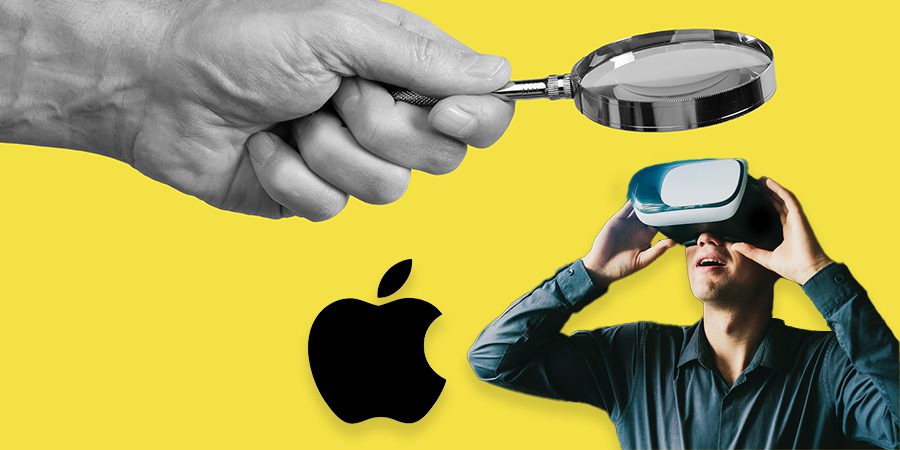
In this article, we will be exploring the reasons behind Apple’s CEO, Tim Cook, betting on the company’s upcoming mixed-reality headset to secure his legacy.
Key Takeaways:
- Apple’s upcoming mixed-reality headset, which has been in development for seven years, is a critical product for Tim Cook to cement his legacy.
- Cook has been criticized for iterating on past ideas rather than breaking new ground, and the headset represents an opportunity to prove Apple’s ability to innovate.
- The headset has faced development challenges, with the operations team eager to launch a “version one” product while the design team preferred to wait for more lightweight AR glasses to be technically feasible.
- Cook has decided to side with the operations chief Jeff Williams and overrule the initial objections from the design team to wait for the technology to catch up with their vision.
- Apple has set a conservative sales target of one million units for the first year, priced at around $3,000, potentially limiting its appeal.
- However, Apple is preparing a marketing blitz and has a vast developer community, which is expected to pave the way for successful launches in the future.
The much-anticipated product, which has been in development for seven years, is expected to be unveiled later this year and is touted to be a game-changer in the tech industry.
Cook’s Legacy on the Line
Cook, who has led Apple since 2011, is looking to cement his legacy with the release of this next-generation hardware product.
Unlike previous Apple products like the iPhone, iPad, and Watch, which were originally conceived under Apple’s co-founder Steve Jobs, the mixed-reality headset has been developed entirely under Cook’s leadership.
Apple’s Growth and Critics
Apple’s growth during Cook’s tenure has been phenomenal, with its market capitalization soaring from $350 billion in 2011 to over $2.4 trillion today.
However, the company has faced criticism for iterating on past ideas rather than breaking new ground.
The mixed-reality headset represents an opportunity for Apple to prove its ability to keep innovating and to create a new product that could rival the iPhone in terms of impact.
Development Challenges and Cook’s Decision
The mixed-reality headset, which is anticipated to have both virtual and augmented reality capabilities, has been in the works for twice as long as the iPhone.
However, despite the extended development period, Apple has been under pressure to release the product sooner than later.
The operations team at Apple was eager to release a “version one” product of the mixed-reality headset, but the industrial design team believed that it would be better to wait for more lightweight AR glasses to be technically possible.
Cook has decided to side with the operations chief Jeff Williams, overruling the initial objections of the Apple designers to wait for the technology to catch up with their vision.
Reshuffled Structure and Implications
A few years back, it was impossible to go against the wishes of Apple’s design team.
However, since Jony Ive left in 2019, the company’s structure has changed, and Williams now oversees the design team.
Whether the mixed-reality headset succeeds or fails will significantly impact Cook’s reputation as a capable leader and Apple’s ability to innovate.
Sales Target and Marketing Blitz
Sources reveal that Apple has set a conservative target of selling only one million units of the mixed-reality headset in its first year, a lower number than the first generation iPhone or Apple Watch in their respective launch years.
Priced at around $3,000, the headset is triple the cost of Meta’s Quest Pro and may limit its appeal.
Nevertheless, Apple is ramping up its marketing efforts for the product. The company has a track record of starting slow in new product categories, then making a significant impact in a few years.
Given the vast number of developers, totaling over 34 million, who are building apps for Apple’s devices, it is anticipated that the company will adopt an “if you build it, they will come” strategy, which will likely result in a sequence of successful launches in the coming years.
Conclusion
In conclusion, the mixed-reality headset represents a significant opportunity for Apple to prove its ability to keep innovating under Tim Cook’s leadership.
Despite facing pressure to launch the product sooner rather than later, Cook’s decision to press ahead with the product represents a chance to cement his legacy and secure Apple’s position as a leading innovator in the tech industry.
 Sections of this topic
Sections of this topic















